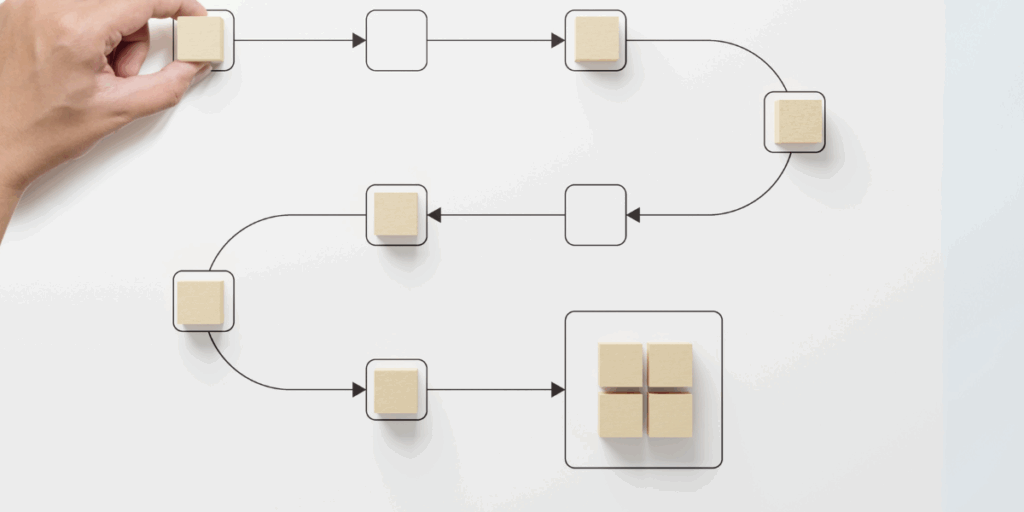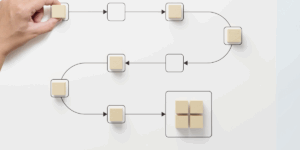For organizations that rely on Medicaid—like school districts and educational agencies—getting reimbursed isn’t just about submitting claims. It’s about staying ahead of compliance rules, documentation demands, and audit scrutiny. With constantly changing state and federal requirements, the risk of denials, delays, or lost reimbursement is high.
That’s why many organizations are turning to compliance automation as a smarter way to manage the Medicaid process. By embedding rules and checks directly into service documentation and billing workflows, automation helps teams catch issues early, improve accuracy, and make sure every eligible service gets reimbursed.
The Medicaid ReimbursementMedicaid Reimbursement The process of receiving payment from Medicaid for services provided to eligible students as part of a school-based program. Challenge
Medicaid billing is complex, and no two states have identical requirements. But most school-based providers must handle a similar mix of challenges:
- Managing billing codes and service matching
- Prior authorization and parental consent
- Verifying student eligibility and medical necessity
- Timely filing deadlines
- Audit preparation
Miss one of these steps—or document it incorrectly—and the claim may be denied or delayed. For districts already juggling staffing and reporting pressures, these compliance demands can become overwhelming without the right tools.
What Is Compliance Automation?
Compliance automation means using technology to automatically enforce Medicaid rules and billing requirements throughout your workflow. It can include:
- Real-time validation of service logs
- Automated checks against IEPs, credentials, and timelines
- Audit-ready documentation and reports
- Alerts when something is missing or out of compliance
Instead of relying on staff to catch every detail manually, automation builds Medicaid rules into the system itself—helping ensure accuracy from the start.
💡 Takeaway for school districts:
The right solution integrates seamlessly with existing systems, saving staff time and minimizing costly mistakes in Medicaid claims.
Key Benefits of Compliance Automation
1. Better Documentation at the Point of Service
Compliance tools can prompt providers in real time to complete all required fields—like service duration, provider credentials, and student information. If something’s missing or misaligned (such as logging a service not listed on the IEP), the system flags it. That prevents invalid claims from reaching the billing team in the first place.
2. Fewer Denials and Faster Reimbursement
Claims that meet all Medicaid requirements from the beginning are more likely to be accepted on the first submission. Many districts using automated systems report first-pass acceptance rates of over 95%, a significant improvement from traditional manual workflows.
3. Smoother, Faster Audit Prep
When an audit request arrives, automation ensures everything is already organized. Logs are time-stamped, signed, and matched to IEPs. Credential and consent documentation is easily accessible. Instead of scrambling to track down paperwork, districts can generate audit-ready reports with just a few clicks.
4. Live Compliance Dashboards and Alerts
Real-time dashboards allow administrators to monitor compliance status across the district. They can see missing documentation, upcoming filing deadlines, or trends that might lead to denials—allowing them to intervene early rather than reacting later.
5. More Time for Staff to Focus on Students
Automated compliance tools reduce the administrative burden on providers, therapists, and Medicaid teams. Service providers spend less time entering logs. Billing teams spend less time fixing errors. That means more time and energy can go into student support, not paperwork.
Smart Implementation Starts with Strategy
To make automation successful, it’s important to roll it out thoughtfully. Key steps include:
- Start with a compliance review to identify where denials and delays are happening.
- Make sure your IEP and billing systems are integrated, so data flows smoothly between providers and billing teams.
- Tailor automation rules to your state’s Medicaid requirements—and to different service types like transportation, therapy, or nursing.
- Ask your current provider whether you’re billing for everything allowable under your state plan.
- Train staff and build confidence early. The goal is to make their jobs easier, not harder.
- Track success with KPIs like denial rates, submission timelines, and audit findings to measure the return on investment.
💡 Recommended reading: Maximizing Medicaid Reimbursement with Compliance Automation
💡 Recommended reading: 8 Best Practices That Can Increase Your Medicaid Funding
Final Thoughts: Don’t Leave Dollars Behind
Medicaid rules aren’t getting any simpler. Between shifts to managed care, increased oversight, and tighter documentation standards, the pressure is only growing. Compliance automation is quickly becoming the new normal—not just for efficiency, but for protection.
It helps districts:
- Adapt to rule changes faster
- Stay compliant every day—not just at audit time
- Recover every dollar they’re eligible for
And it does all this without adding more work to already busy staff.
Getting the most out of Medicaid requires more than clean claims—it requires smart systems that make compliance part of the process. That’s what automation delivers. If your billing team isn’t already working with real-time validation, audit-ready reports, and automated compliance checks, it may be time to ask why. These aren’t just nice-to-haves anymore—they’re the baseline for doing the job right.
Featured Product
Looking for a smarter way to handle school-based Medicaid billing?
GoClaim provides trusted tools and expert support tailored specifically for your school district — so you can simplify compliance, maximize reimbursements, and focus on student services.




